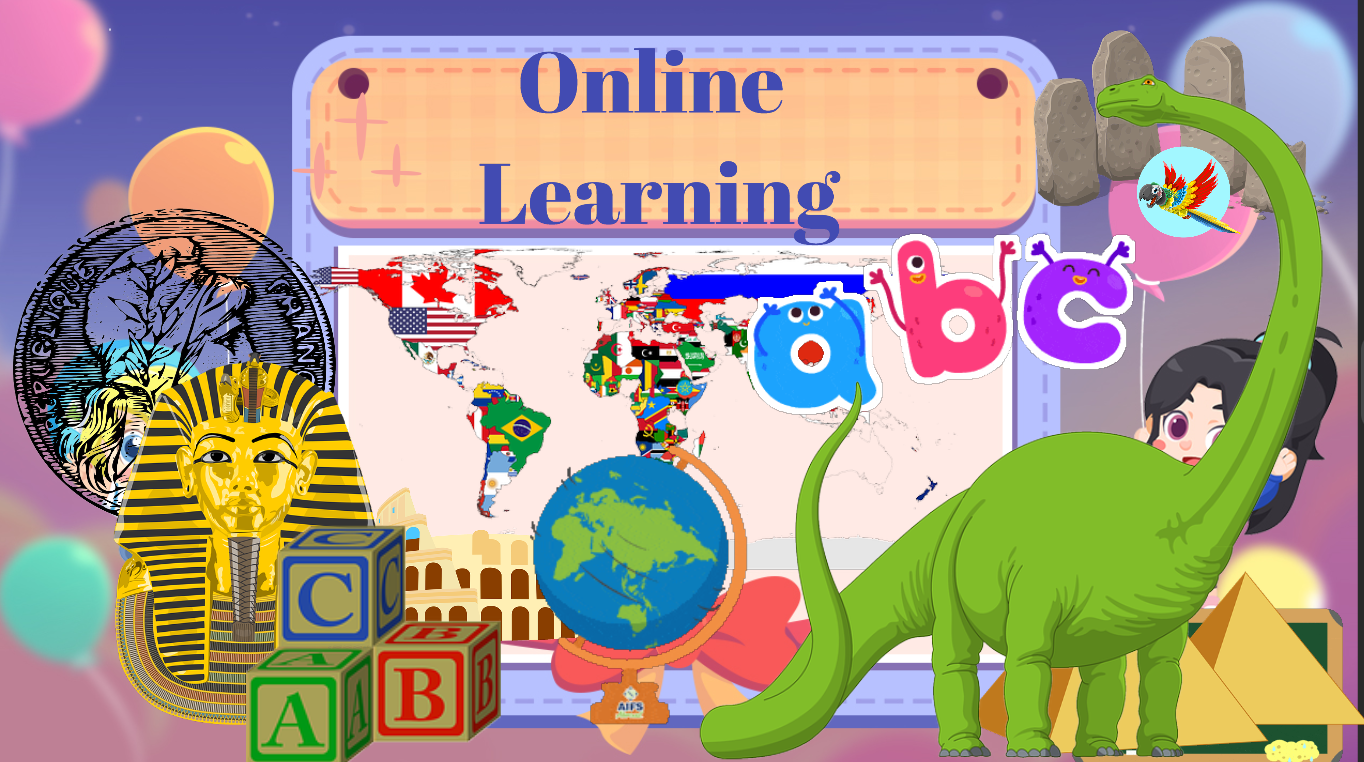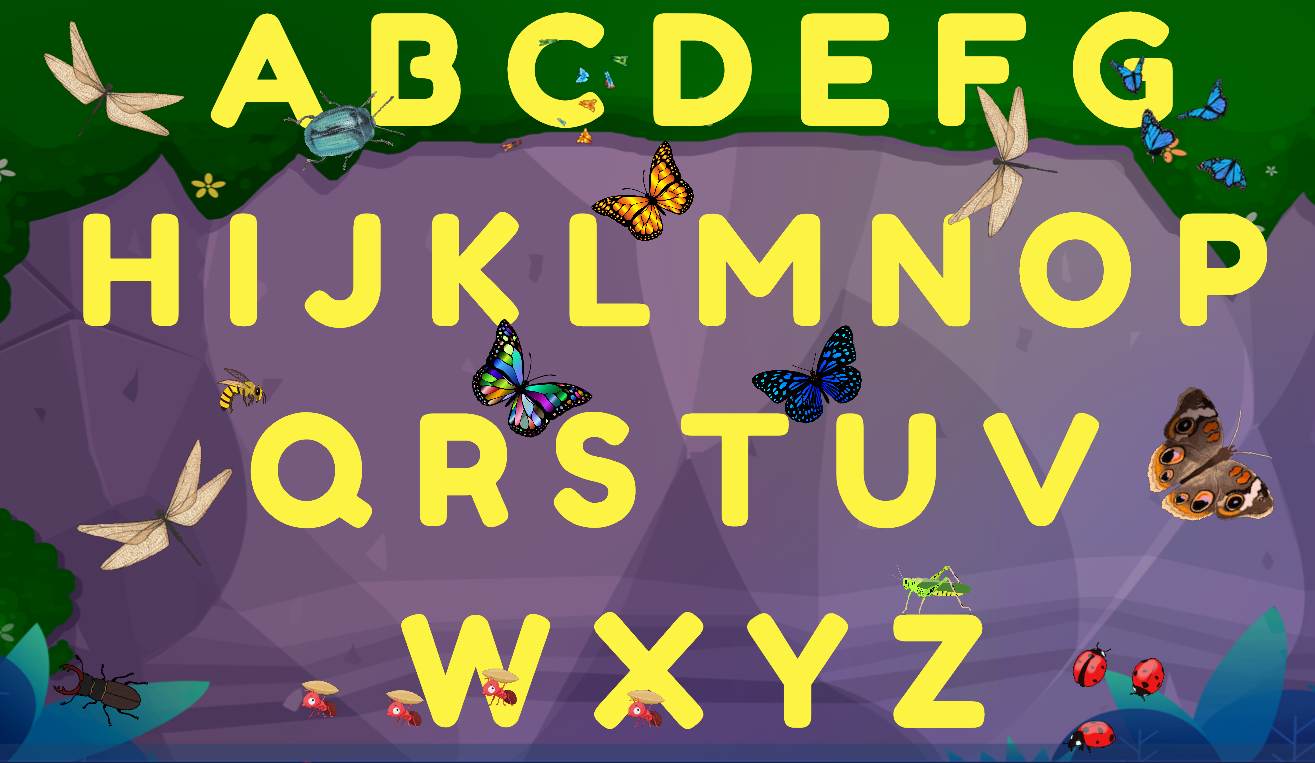Mastering the Alphabet: Effective Strategies for ESL Learners Using the ABC Chart
The English alphabet is the cornerstone of language learning, especially for ESL (English as a Second Language) students.
Understanding the ABCs can significantly enhance reading, writing, and pronunciation skills.
To assist in this journey, we have created an engaging Free ABC chart available for use here.
In this blog post, we’ll explore how to use this chart effectively and provide practical examples for ESL learners.
Why Is the Alphabet Important for ESL Learners?
The English alphabet consists of 26 letters, each representing specific sounds that form the building blocks of words. Mastery of the alphabet is crucial for several reasons:
- Foundation for Reading: Recognizing letters and their sounds helps learners decode words and understand written texts.
- Writing Skills: Knowledge of the alphabet is essential for writing, enabling learners to form words and sentences.
- Pronunciation: Understanding letter sounds assists with correct pronunciation, aiding in effective communication.
How to Use the ABC Chart Effectively
The ABC chart is a versatile resource that can enhance learning in multiple ways. Here are some strategies for ESL learners to maximize its use:
1. Letter Recognition Activities
Encourage students to practice recognizing each letter. Use the ABC chart as a reference, asking them to point to and name each letter aloud. This can be done as a group activity or individually.
2. Phonics Practice
Each letter has specific sounds associated with it. Use the ABC chart to demonstrate phonetic sounds. For example, emphasize the sound of the letter "B" as in "bat" or "C" as in "cat." This helps reinforce sound-letter correspondence, which is vital for reading.
3. Word Association Games
Ask learners to come up with words that start with each letter of the alphabet. Use the ABC chart as a visual aid. For instance:
- A - Apple
- B - Ball
- C - Cat
This activity can help expand vocabulary while reinforcing letter sounds.
4. Articulation Practice
Use the chart to practice the articulation of each letter. Students can practice writing letters in the air, using their fingers, or with a whiteboard. This physical activity can aid muscle memory and enhance recall.
5. Alphabet Songs and Rhymes
Incorporate fun songs or rhymes that emphasize the letters of the alphabet. The ABC chart can be displayed as students sing along, helping to reinforce letter recognition in an enjoyable way.
6. Visual Storytelling
Encourage students to create simple stories using words that start with specific letters. For example, they could write a short story featuring characters and items that begin with the letter "D," such as "dog," "doll," and "dinosaur." This will enhance their creativity while using the alphabet as a guide.
7. Flashcard Games
Create flashcards based on the ABC chart. Show a letter and ask students to identify it or come up with words that start with that letter. This interactive game can make learning dynamic and engaging.
Conclusion
The English alphabet is a fundamental aspect of language learning, and using tools like the ABC chart can make the process enjoyable and effective. By integrating these strategies into your lessons, you can help your ESL learners build a strong foundation in English.
Ready to boost your students' learning experience? Check out our ABC chart here and transform how your students engage with the English language!


